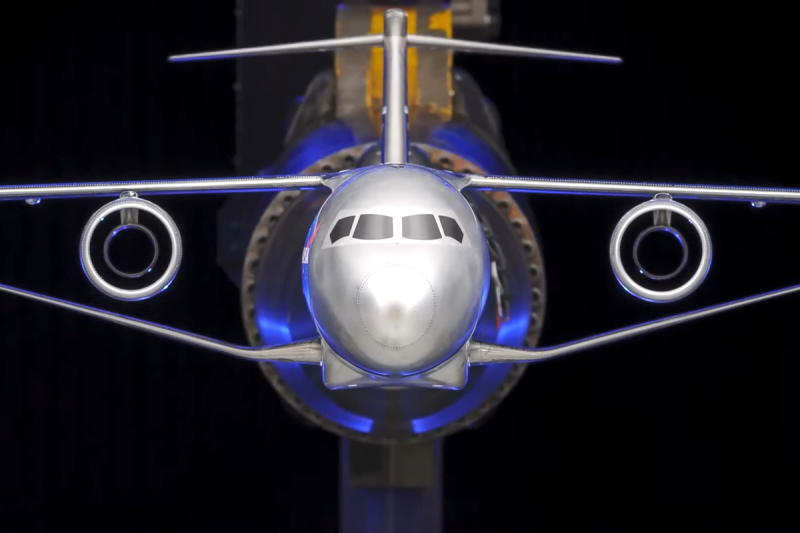
Airliners have looked largely the same for a long time now. The ongoing hunt for efficiency gains has seen the development of winglets, drag reducing films, and all manner of little aerodynamic tricks to save fuel, and hence money.
Boeing now has its eye on bigger, tastier goals. It believes by switching to a truss-braced wing design, it could net double-digit efficiency gains. It’s working together with NASA to see if this concept could change the face of commercial aviation in decades to come.
Aspect Ratio Matters
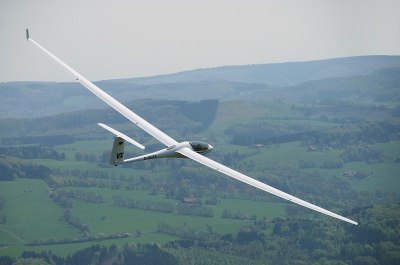
The key goal of using a truss-braced wing is to enable an airliner to use a wing much thinner and narrower than usual. These “high aspect ratio” wings are far more efficient than the stubbier, wider wings currently common on modern airliners. But why is aspect ratio so important, and how does it help
If you’ve ever looked at a glider, you will have noticed its incredibly long and narrow wings, which stand it apart from the shorter, wider wings used on airliners and conventional small aircraft. These wings are said to have a high aspect ratio, the ratio between the square of the wingspan and the projected area of the wing itself.
These wings are highly desirable for certain types of aircraft, as lift-to-drag ratio increases with aspect ratio. Any wing that generates lift also generates some drag, but this can be minimized through careful wing design. By making the wings longer and narrower, and thus higher in aspect ratio, the wing tip vortices generated by the wing are weakened. This reduces drag on the plane, and quite significantly so.
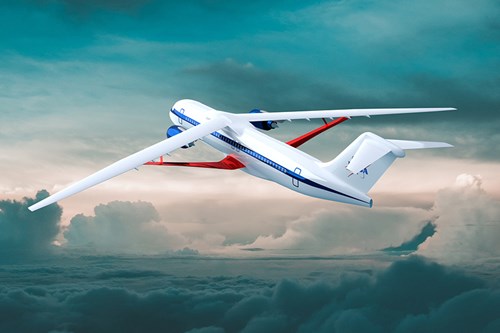
For a glider, which has no forward propulsion of its own, minimizing drag is a must. Hence, high aspect ratio wings are very useful. Similarly, the high-flying U2 spy plane had excellent range because its high aspect ratio wings were very efficient. Both of these types of planes have fairly limited payload requirements, and are specialized enough that high aspect ratio wings can work as-is.
Airliners have other concerns that make high aspect ratio wings impractical. They must carry huge payloads in order to make lots of money per flight from paying passengers. It would be great to have high aspect ratio wings on airliners, as the efficiency would slash fuel bills significantly. Unfortunately, it’s difficult to make them strong enough for such heavy-duty purposes. There simply isn’t room for the structure and material required.
Instead, where a glider might have an AR of 30 or more, an airliner will feature wings with an AR closer to 7 to 10. High-end gliders achieve lift-to-drag ratios of over 50. Airliners do much poorer in this regard. The original Boeing 747 achieved a L/D ratio of 15.3, for example. Decades of development have seen today’s modern airliners push that number closer to 20, like the Airbus A380 and the Boeing 777.
Brace Yourself
Throw on a brace for support, though, and suddenly the high-aspect ratio concept becomes plausible. Of course, it’s a radical change to the basic airliner concept. That means there’s plenty of work to be done to determine just how truss-braced wings could work in practice.
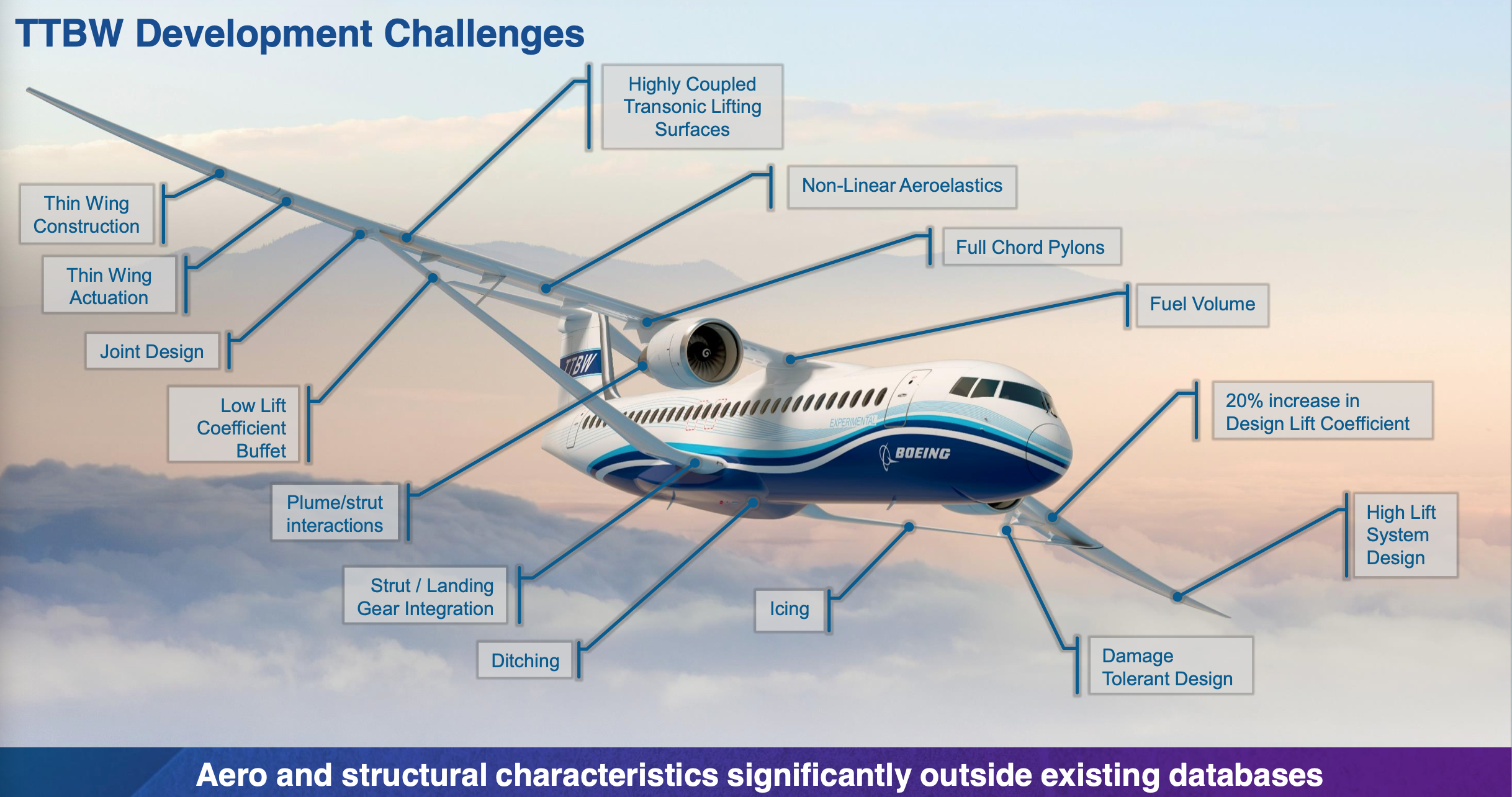
The current concept in development is called the Boeing Transonic Truss-Braced Wing, or TTBW, with a full-scale demonstrator expected to fly in 2028. It’s also been designated as the X-66A within US aviation circles. In development since 2010, the concept involves a plane with an ultra-thin, high aspect ratio wing, supported by a truss underneath. The demonstrator is being built on a shortened airframe from a McDonnell Douglas MD-90, and will be tested at the NASA Armstrong Flight Research Center. The concept is intended to suit either 130-160 passengers, or 180-210 passengers, depending on the exact configuration Boeing lands on.
The demonstrator is on the scale of single-aisle aircraft, albeit with a far larger wingspan, at 51 meters. This is still far narrower than dual-aisle aircraft like the 747, at 68 meters, but much greater than a single-aisle Boeing 737 MAX at 36 meters. To accommodate this extra width in existing narrowbody facilities, Boeing may explore the use of folding wingtips. These have already been used successfully on the Boeing 777X, to ensure the wider-than-usual type could access as many airports as possible. Thus far, the concept is primarily being considered a proposition for smaller narrowbody, single-aisle airliners.
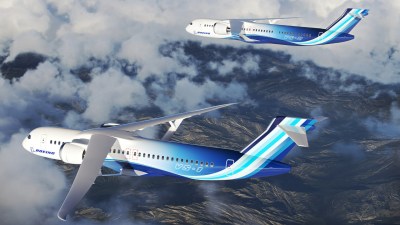
Wind tunnel tests have suggested that the higher-efficiency design could reduce fuel burn by up to 10%, based on the gains from the wings alone. The hope is that further new technologies that could be integrated into next-generation planes could push this as high as 30%. Boeing has noted that with the high wing mounting of the truss-braced design, such aircraft “could eventually accommodate advanced propulsion systems that are limited by a lack of underwing space in today’s low-wing airplane configurations.” To start with, though, the demonstrator will run Pratt and Whitney PW1100G geared turbofans, as used on the Airbus A320neo.
Whether truss-braced wings become common on airliners will come down to several factors. Beyond the engineering required to make things work from a structural perspective, there’s also a requirement to address practical concerns. Airports around the world are only built to handle aircraft of a certain size. Planes that go beyond that, like the Airbus A380, have suffered for their girth. Whether the promised efficiency gains are found is also still a question at this point. In any case, if Boeing’s hunch proves true, we could be riding on some very different airliners as soon as a decade from now.
Featured image from this great video about making a model truss-braced demo plane.
Truss-Braced Wings Could Bring New Look To Runways Worldwide
Source: Manila Flash Report
0 Comments